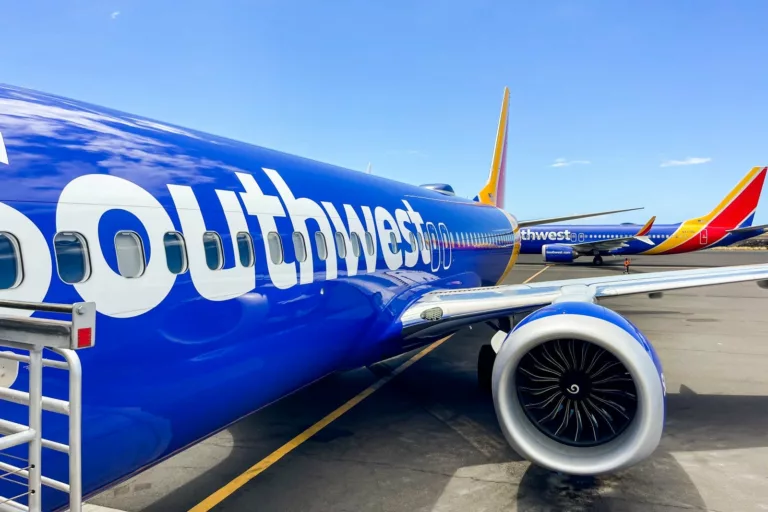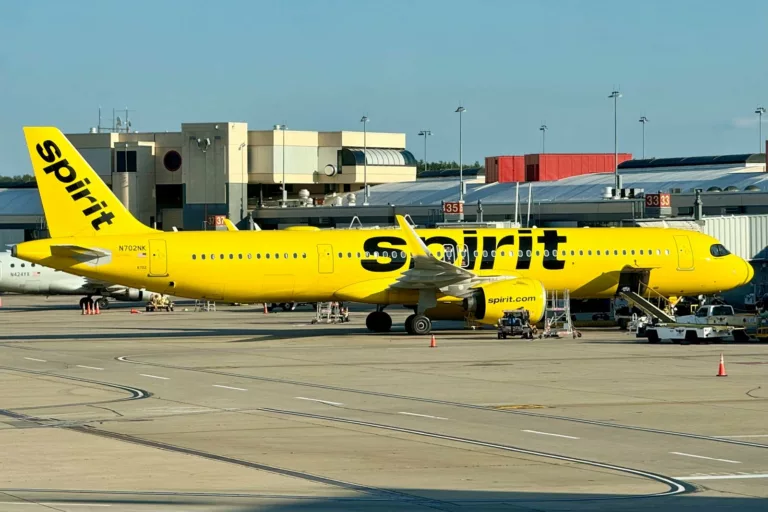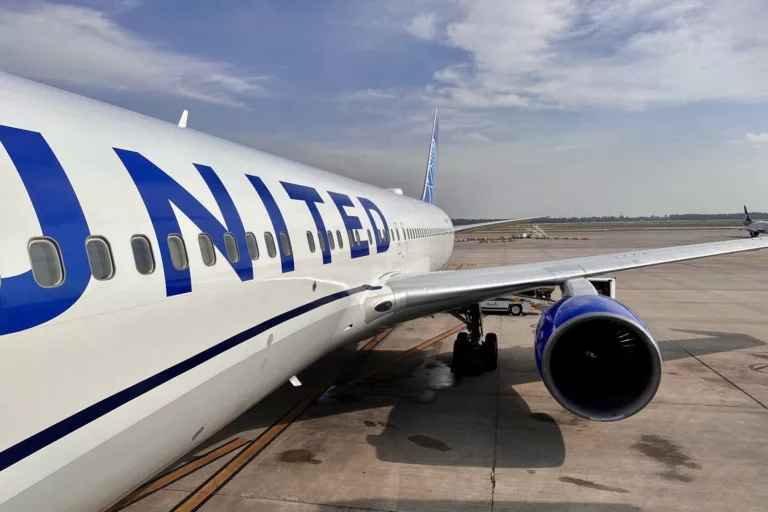Are Premium Credit Cards Worth the Annual Fee for Travelers?
Premium credit cards are often hailed as the ultimate companion for travelers, boasting a range of perks such as airport lounge access, travel credits, elite status, and enhanced earning rates. However, with annual fees that can soar up to $900, many potential cardholders are left questioning: Are these cards truly worth the investment?
The answer varies greatly depending on your travel habits, spending patterns, and how much you will utilize the benefits offered. In this article, we will explore the value of premium credit cards and help you determine if one deserves a place in your wallet.
To begin, let’s clarify what qualifies a credit card as “premium.” These cards represent the upper echelon of the rewards card market. They typically come with significant annual fees ranging from $395 to nearly $900 but also offer an impressive array of benefits. These may include airport lounge access, elite hotel or airline status, generous statement credits, enhanced travel protections, and accelerated points earning opportunities.
Premium credit cards are tailored for frequent travelers and high spenders who can maximize the value of these benefits. However, what is advantageous for one individual may not be for another.
Some of the most sought-after premium credit cards include:
– American Express Platinum Card
– Chase Sapphire Reserve
– Citi / AAdvantage Executive World Elite Mastercard
– United Club Infinite Card
So when is it worthwhile to invest in a premium credit card? Here are some indicators that it might be a good fit for you.
Many premium cards offer statement credits that can offset most, if not all, of the annual fee. However, these credits only hold value if you actually use them. For instance, the Chase Sapphire Reserve provides up to $300 in annual travel credits that automatically apply to various purchases, including airfare, hotels, parking, and tolls.
The American Express Platinum Card takes it a step further, offering a plethora of credits, such as airline fee credits, monthly Uber Cash, and statement credits for digital entertainment subscriptions. If these credits align with your lifestyle, the annual fee may quickly pay for itself. On the other hand, if you rarely utilize these benefits—say, if you seldom use ride-hailing services or don’t frequently stay in hotels—the value diminishes rapidly.
For many travelers, the allure of airport lounge access alone can justify the cost of a premium card. The American Express Platinum Card provides the most comprehensive access, including Centurion Lounges, Delta Sky Clubs (when flying Delta), and Priority Pass lounges (enrollment required). Similarly, the Citi / AAdvantage Executive World Elite Mastercard and United Club Infinite Card grant unlimited access to their respective airline lounges, making them invaluable for those who spend considerable time in airports.
If you only travel a couple of times a year, however, it may be wiser to choose a lower-tier travel rewards card, such as the Citi Premier® Card.
Another significant advantage of premium cards is the automatic elite status they often provide with airline or hotel partners. This benefit can greatly enhance your travel experience. For instance, the Hilton Honors Aspire Card includes complimentary Hilton Diamond status, which offers perks like complimentary breakfast, room upgrades, and late check-out (subject to availability). The Marriott Bonvoy Brilliant Card automatically grants Platinum Elite status, paving the way for even higher tiers through spending.
Additionally, premium cobranded airline cards, such as the Citi / AAdvantage Executive World Elite Mastercard and the Delta Reserve Card, help you accumulate status points and improve your chances for upgrades. If you frequently fly or stay at hotels, these perks can translate into hundreds or even thousands of dollars in added value each year.
Premium cards often feature higher earning rates and more flexible redemption options compared to their lower-tier counterparts. For example, the Chase Sapphire Reserve earns 3 points per dollar on dining and 8 points per dollar on Chase Travel℠ bookings. Meanwhile, American Express Platinum cardholders earn 5 points per dollar on flights booked directly with airlines or through American Express Travel® (up to $500,000 per calendar year, then 1 point per dollar). This high return is particularly beneficial for frequent flyers.
By strategically earning and redeeming points—such as transferring them to airline or hotel partners or utilizing them for high-value travel redemptions—you can easily justify the annual fee. For example, Chase Ultimate Rewards points can be transferred to programs like Air France-KLM Flying Blue and World of Hyatt, potentially unlocking far greater value than simple cash-back redemptions.
This is especially true when taking advantage of transfer bonuses. Recently, I benefited from a 25% transfer bonus while booking a flight to Paris, allowing me to use fewer points than usual.
However, premium credit cards are not for everyone. If you don’t travel frequently or spend significant time at airports, the benefits may go unused. In such cases, a mid-tier travel card that still offers value points but comes with a lower annual fee—like the Chase Sapphire Preferred® Card—might be a better choice.
Premium card annual fees can reach hundreds of dollars, and potentially even thousands. While these fees can be justified if you can maximize credits, lounge access, and transfer partners, if you don’t use the benefits, the math may not work in your favor.
If keeping costs low is a priority, consider a no-annual-fee card like the Citi Double Cash® Card, which allows you to earn cash back without the burden of an annual fee.
Navigating the complexities of premium cards can be daunting, especially if you’re not well-versed in the points and miles landscape. If that describes you, a premium card may not be the best fit—though there are exceptions. The Capital One Venture X, for instance, offers a more straightforward earning structure, providing at least 2 miles per dollar on every purchase and 5-10 miles per dollar spent on travel booked through Capital One’s travel site. You can still enjoy premium perks like airport lounge access without having to memorize bonus categories or monthly credits.
If you prefer to avoid the premium tier and its associated fees altogether, the Chase Freedom Unlimited® is a solid option, offering at least 1.5% cash back on every purchase.
Maximizing a premium card’s benefits can require significant effort, including monitoring expiring credits and activating perks. If you’d rather not deal with such complexities, consider opting for a straightforward card like the Wells Fargo Active Cash® Card, which has no rotating categories or travel credits to remember.
In conclusion, premium credit cards can indeed be worth the annual fee, but only if you are likely to take full advantage of their offerings. Frequent travelers who utilize statement credits, enjoy lounge access, and maximize reward redemptions will find that these cards can easily pay for themselves year after year. If the perks align with your spending habits, a premium card such as the American Express Platinum, Chase Sapphire Reserve, or Hilton Aspire can be a valuable addition to your wallet. Conversely, if you’re not inclined to use the benefits, it may be wiser to consider a lower-fee option and save your money for your next adventure.







